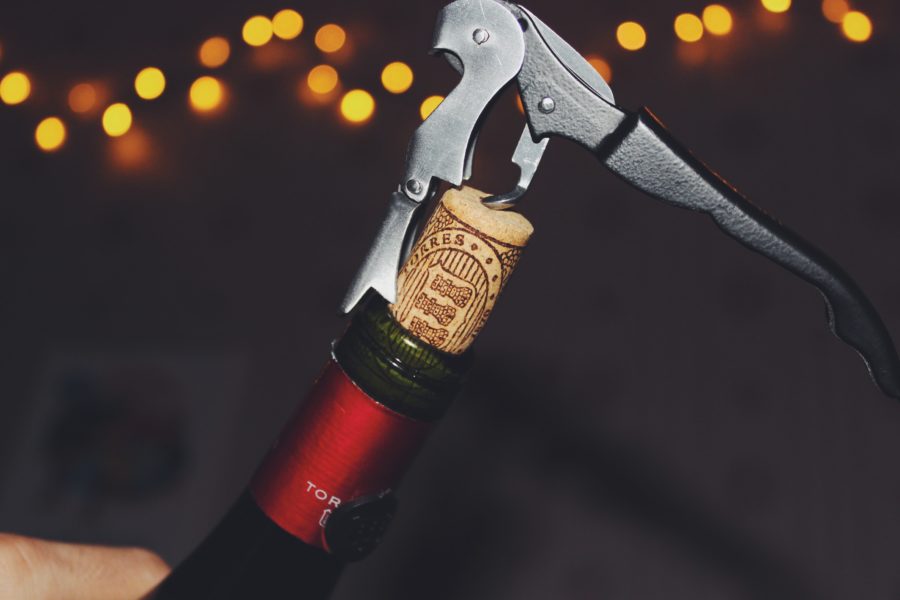
Many of us who enjoy wonderful dining experiences also include the excitement of careful choices made between menu course selections and that perfect bottle of wine that enhances both the flavors and aromas of each dish and each sip. After all, one begets the other.
We all know the drill. The sommelier reaches our table with a wine menu that can sometimes read longer than Leo Tolstoy’s War and Peace. But we are laser-focused on that perfect pairing, and thus systematically narrowing down those wines which will bring out the best flavors of each course. And so, with the helpful eye of the somm, the decision is made, and thus the ritual begins with the presentation of the wine bottle, followed by the perusal of the label, vintage and varietal. The cork is then pulled and placed by the glass stemware, while a small pour hits the glass for the ceremonial swirl, view, scent, and taste to ascertain the wine is not “corked” or undrinkable from over oxidation.
Before this tasting formally takes place, the cork that sits idly sidelined awaits inspection. Why should something so small and incidental need attention? There are those experts that believe it’s always important to examine, then scent the cork in advance of the tasting. Some would encourage the push of a fingernail into the end of the cork to feel its firmness or lack thereof. Even though wine aficionados are not uniformly in agreement here on what to do with this act, the cork can say a lot about the next steps in the determination of the wine experience.
When the cork of an expensive bottle of wine is extracted, then presented by the somm to be viewed through the diner’s attentive eyes and keen sense of smell, what might be detected from this natural wood can also tell us much about the health of the wine. “Cork taint” as it’s called, can dramatically affect the quality of the wine. Cork taint is caused by the production of trichloroanisole or TCA, for short. TCA is a chemical compound that forms through the interaction of chlorine, mold and plant phenols. When airborne fungi and bacteria come in contact with phenolic compounds and chlorine, TCA is unleashed. It is extremely pungent and can ruin great wines.
So, when sniffing the cork of a newly opened bottle of wine, there could one of a few interesting discoveries. First, the cork can smell of wine. Not a bad thing. If older vintages have been cellared for some time, the wine may have penetrated the cork. Second, no odor may be noticeable at all. This is also good, since the cork may not prove to be tainted. Third, the cork could have a soft smell of wood, particularly with older corks. This too is not a bad thing. However, if there is a presence of cork taint caused by TCA, the smell will be musty, moldy, and that of a damp basement, thus, the given name “corked.” Generally, if the cork is tainted, it may mean the demise of the wine. It will be spoiled and undrinkable.
The challenge of knowing if the wine has become contaminated by cork taint might be difficult to discern through the sense of smell. TCA’s concentration, in many instances, is very low, so it may only flatten the other aromas and flavors of the wine. If a particular wine is just turning “south,” it could take up to 10 to 15 minutes while oxidizing before it becomes noticeable. (After confidently announcing to the somm upon the pour that the wine is enjoyable, you then discover 10 minutes later that it’s tainted.) At that point, it’s simply too late to turn around. I will say this is not the norm, and most likely, if the cork is tainted on the scent, the wine will be too, but keep in mind that this isn’t always true. Also, the sensitivity to smells varies among individuals since some simply cannot detect cork taint below 20 parts per million. So, careful examination of the cork is extremely critical to the discovery of a good bottle of vino.
Next time out at a high-end dining establishment, when that favorite bottle of wine is presented by the sommelier with that unassuming just pulled cork, be sure to give it a careful look, feel and smell. After all, it can certainly be a foreshadowing of things to come whether a good wine experience or a bad one.

